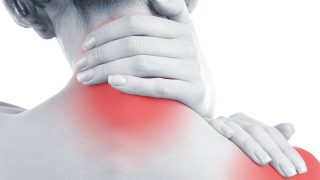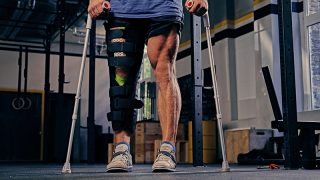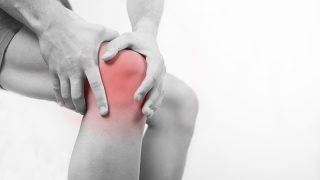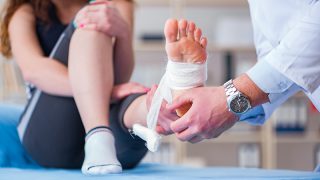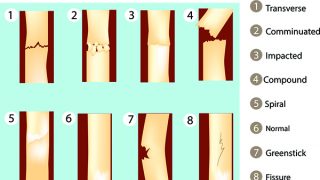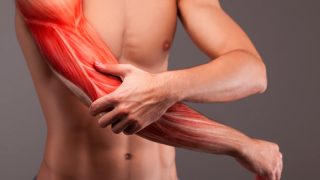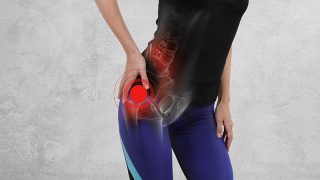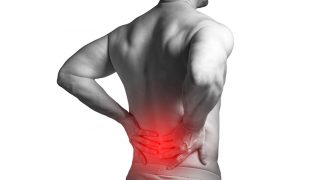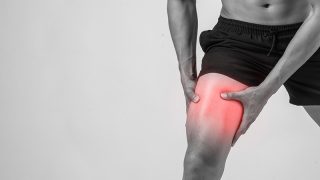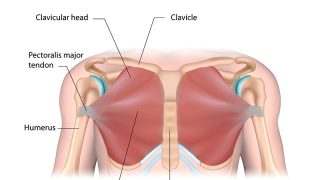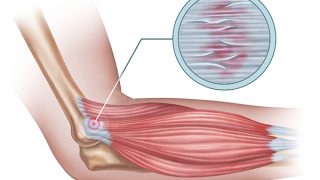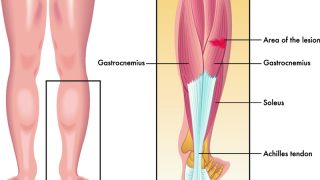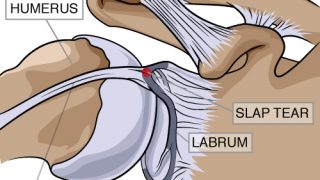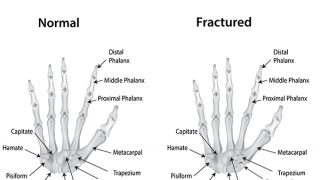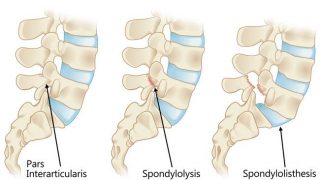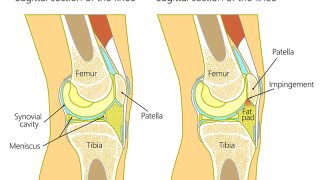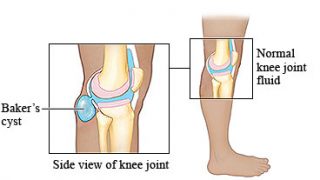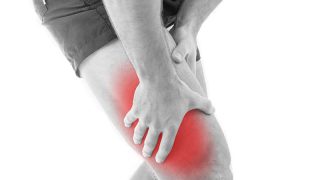Lateral elbow tendinopathy (aka tennis elbow) occurs as a result of repeated gripping and / or repetitive wrist extension movements and activities. This post is only available to members.
The soleus muscle plays a significant role in posture control due to its high number of slow twitch muscle fibres. Combined with the gastrocnemius muscle and the plantaris muscle, triceps surae is formed (making up the calf). The soleus muscle...
The glenohumeral joint of the shoulder is the ball and socket joint. A SLAP lesion is an injury to the glenoid labrum (rim of fibrous cartilage attached around the margin of the glenoid cavity). This post is only available to...
A scaphoid fracture is the most common carpal fracture, usually caused by a fall onto an outstretched hand. This post is only available to members.
A lumbar spondylolysis is a term used to describe a lesion to the posterior vertebral arch in the region of the pars interarticularis, confirmed only with radiology. This post is only available to members.
The lateral (or fibular) collateral ligament is a cord like band that acts as the primary stabiliser to prevent excessive varus forces of the knee. This post is only available to members.
A stress fracture is a small crack in a bone or severe bruising of a bone which is caused by overuse and repetitive activities. This post is only available to members.
The fat pad (or infrapatellar fat pad) is a soft tissue structure that lies just below and underneath the patella (knee cap). This post is only available to members.
A Baker’s cyst (popliteal cyst) is a mass of synovial fluid located in the popliteal fossa at the back of the knee. This post is only available to members.
Quadriceps contusion (aka “corky” or “cork thigh”) is an extremely common injury caused by a direct trauma to the anterior thigh. This post is only available to members.
